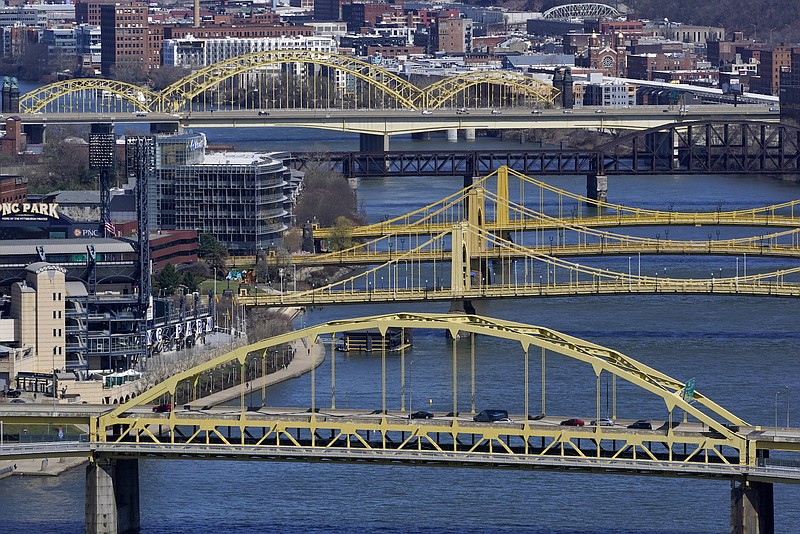Speaking about his ambitious infrastructure plans in a news conference, President Joe Biden recently stated, "One in five miles of our highways and major roads are in poor condition," "More than one-third of our bridges" need repair, and "we rank 13th globally in infrastructure." These statements probably don't sound surprising. Americans seem to believe that our infrastructure is, as some people say, "crumbling."
However, Biden's statements and this widespread perception don't square with some of the government's own recent data.
Let's begin with Biden's last point - that the U.S. ranks 13th worldwide with respect to infrastructure. It comes from the World Economic Forum's Competitiveness Report, which has a number of weaknesses. The WEF surveys almost 17,000 business executives - hailing from 139 countries, some industrialized and some developing, with vastly different economic and political systems. Those surveyed are asked 78 questions about their perceptions of a wide range of competitiveness issues ranging from security to education, as well as infrastructure.
This makes meaningful cross-country comparisons difficult. Busy executives are not experts on everything. Perhaps some executives can reasonably judge the quality and connectivity of roads. But can they also competently evaluate the efficiency of train services, air transport, water and power systems, and seaports?
The WEF also ranks the United States fifth among the G-7 industrialized democracies, a more meaningful comparison. However, the differences among these seven nations are not large. On a scale of 1 (worst) to 7 (best), the U.S. road quality score is 5.5. The top G-7 score is Japan's 6.1, and the low is Italy's 4.4. So, while the WEF survey gives us a good idea of how business executives feel, it's not wise to rely too heavily on the results.
In contrast, the Department of Transportation provides objective data on highway conditions across U.S. states. Surface conditions are measured by the vertical movement of a spring-mounted laser as it's driven along roads and highways in each state. Engineers have determined that for highway speeds, a roughness value between 100 and 200 indicates an acceptable highway surface.
To determine the share of U.S. highways in poor condition, I calculated the percent of total state highway miles with a value above 170 between 2014 and 2018. 170 is a conservative number to use, since higher values are acceptable in many cases. The roads examined included interstate highways, freeways, and principal and minor roads.
Urban and rural interstates, along with principal roads in urban areas, improved during that time. The percent of urban and rural interstates in poor condition was only 4.5% and 1.9%, respectively. The biggest improvement occurred in principal urban roads, where the percent in poor condition declined by half a percentage point, to a still-high 22.7%.
In total, the small changes in both directions imply stable highway and road conditions, though they do suggest a need for some focused investment in principal urban roads.
Whatever measurement the president used, it's hard to argue that one in five miles of highways and roads are in poor condition. Other than principal urban roads, the percent of highways and roads in poor condition is well under 10%.
As for bridges, the DOT also has data on bridge surveys conducted by engineers in each state. They evaluate a bridge's deck, superstructure, substructure and culvert. Bridges are rated "good," "fair," or "poor" based on these inspections.
Based on data from 2014-2019, I calculated the percentage of each state's total bridge span area that was in poor shape. Overall, it declined from 7.3% in 2014 to 6.1% in 2019, and conditions improved in 41 states.
U.S. highways, roads, and bridges are not crumbling. Some need work, but let's dial down the infrastructure rhetoric. Subjective survey results and statistics that don't tell the full story can make good talking points, but they're a poor basis for public policy.
Robert Krol is a professor of economics emeritus at California State University, Northridge, and senior affiliated scholar at the Mercatus Center at George Manson University.
Tribune Content Agency
